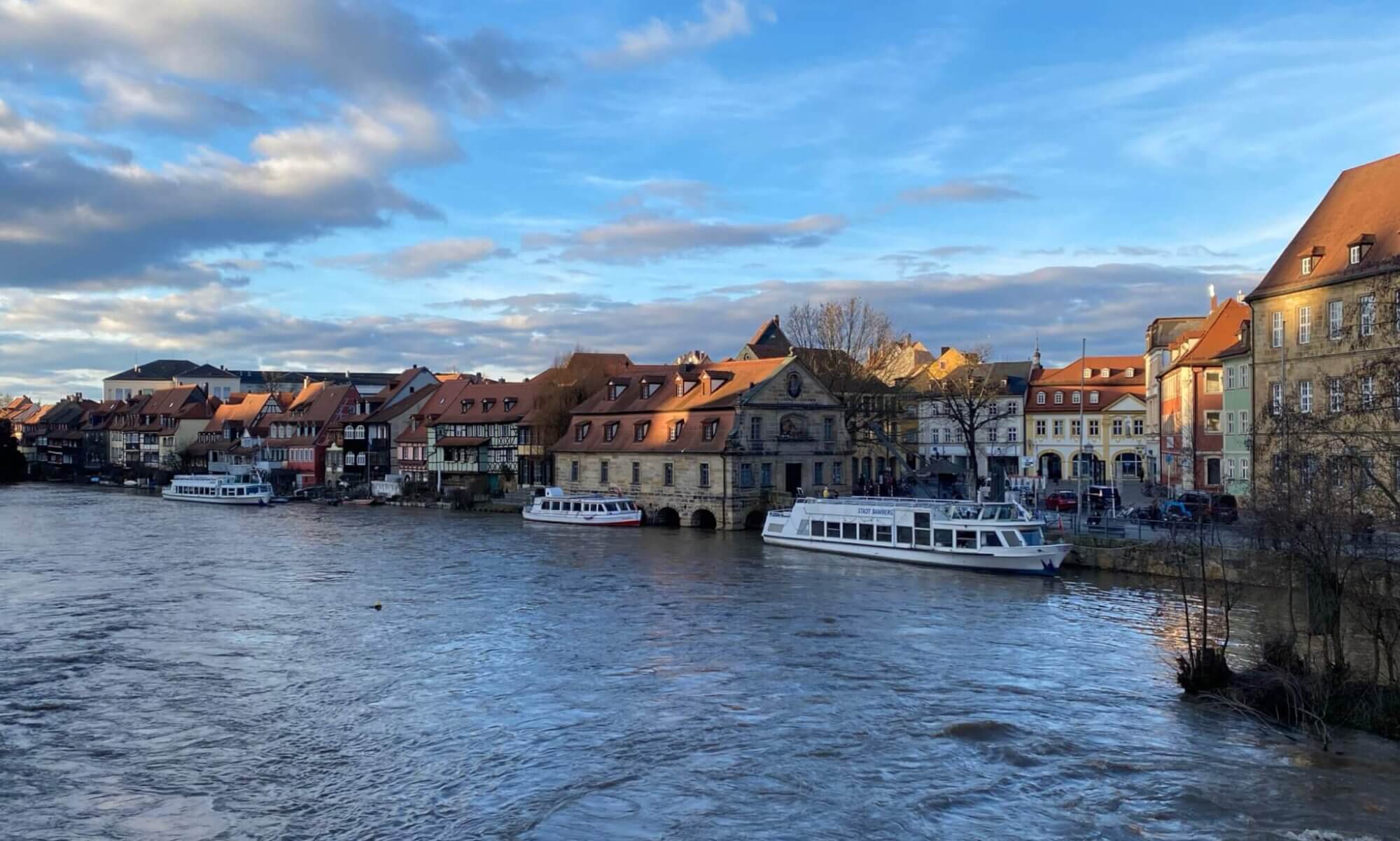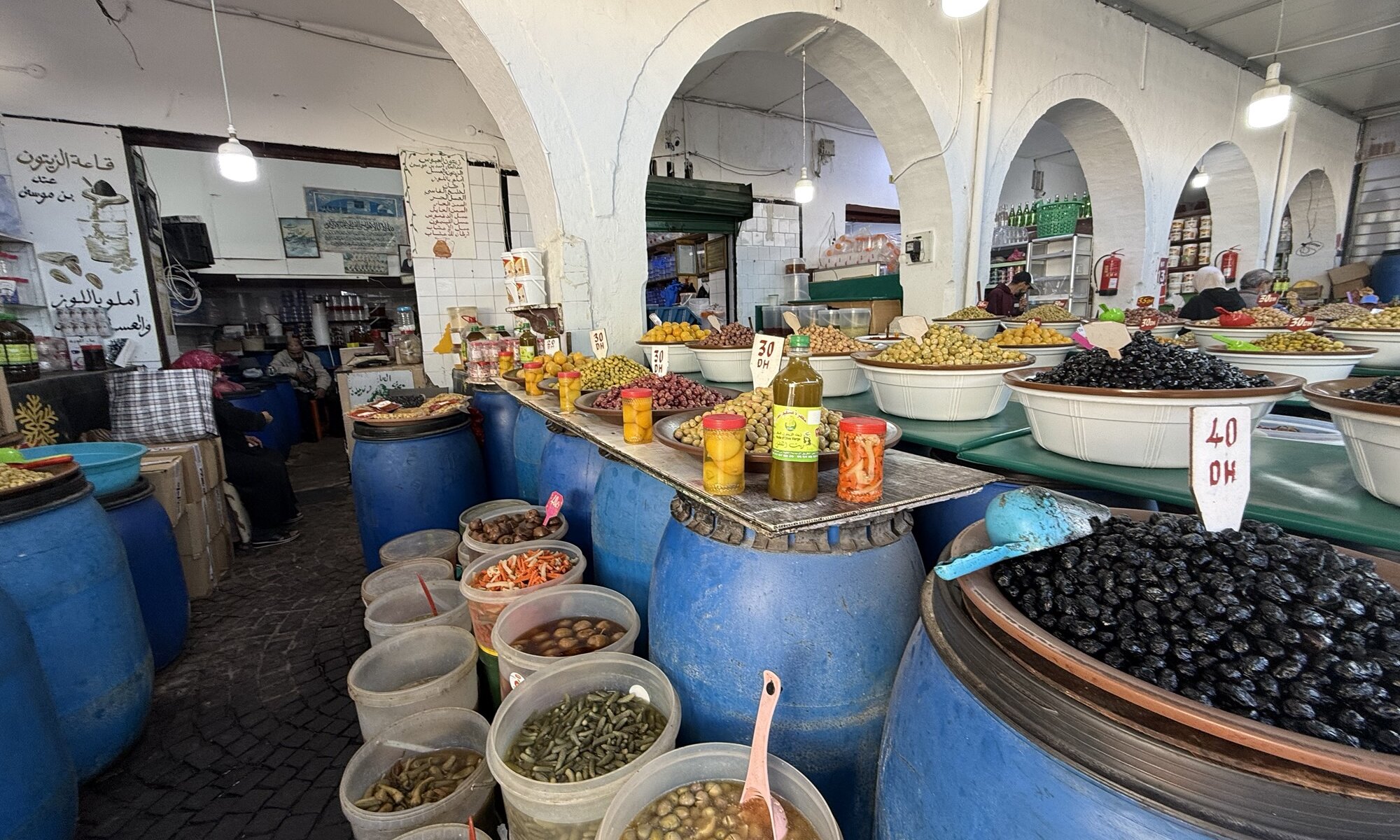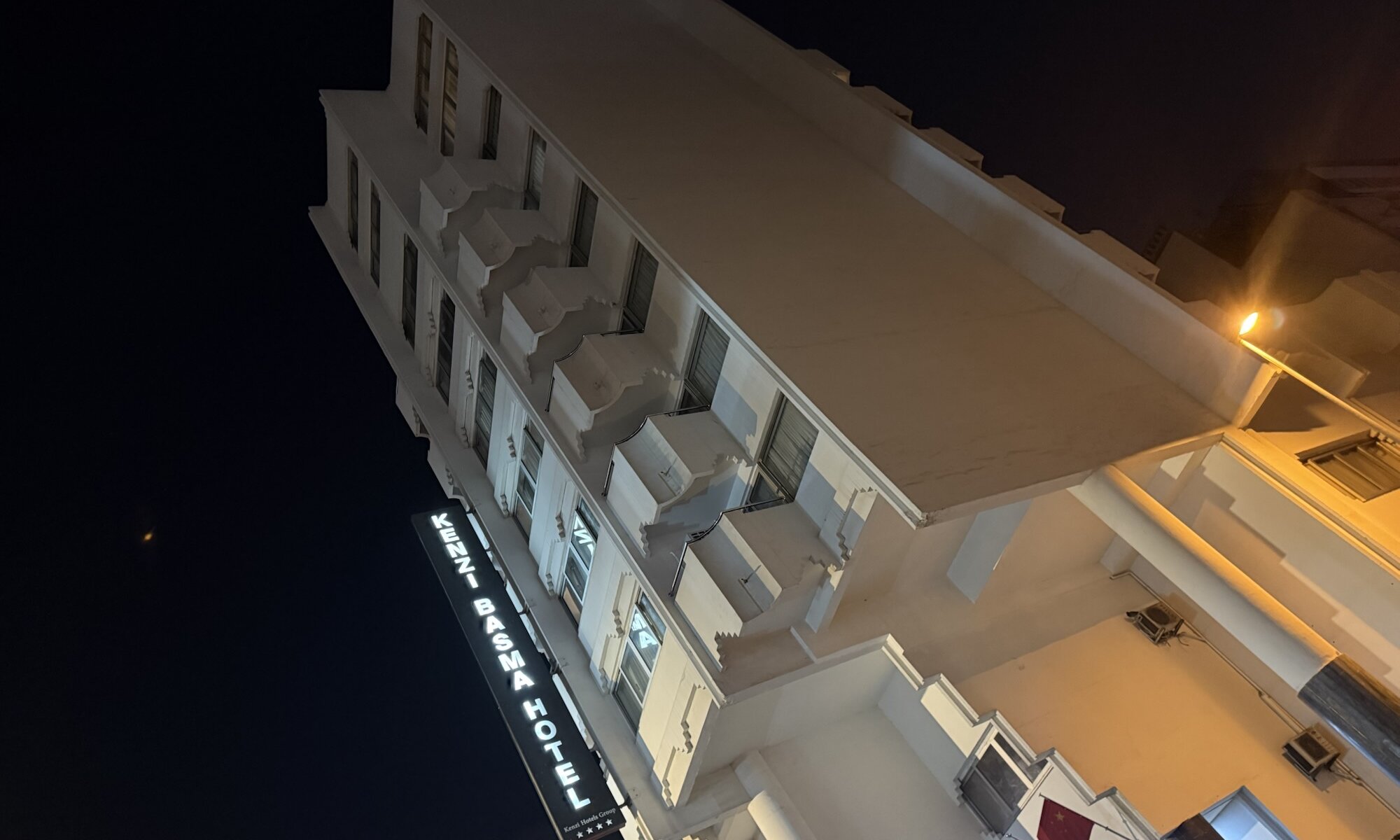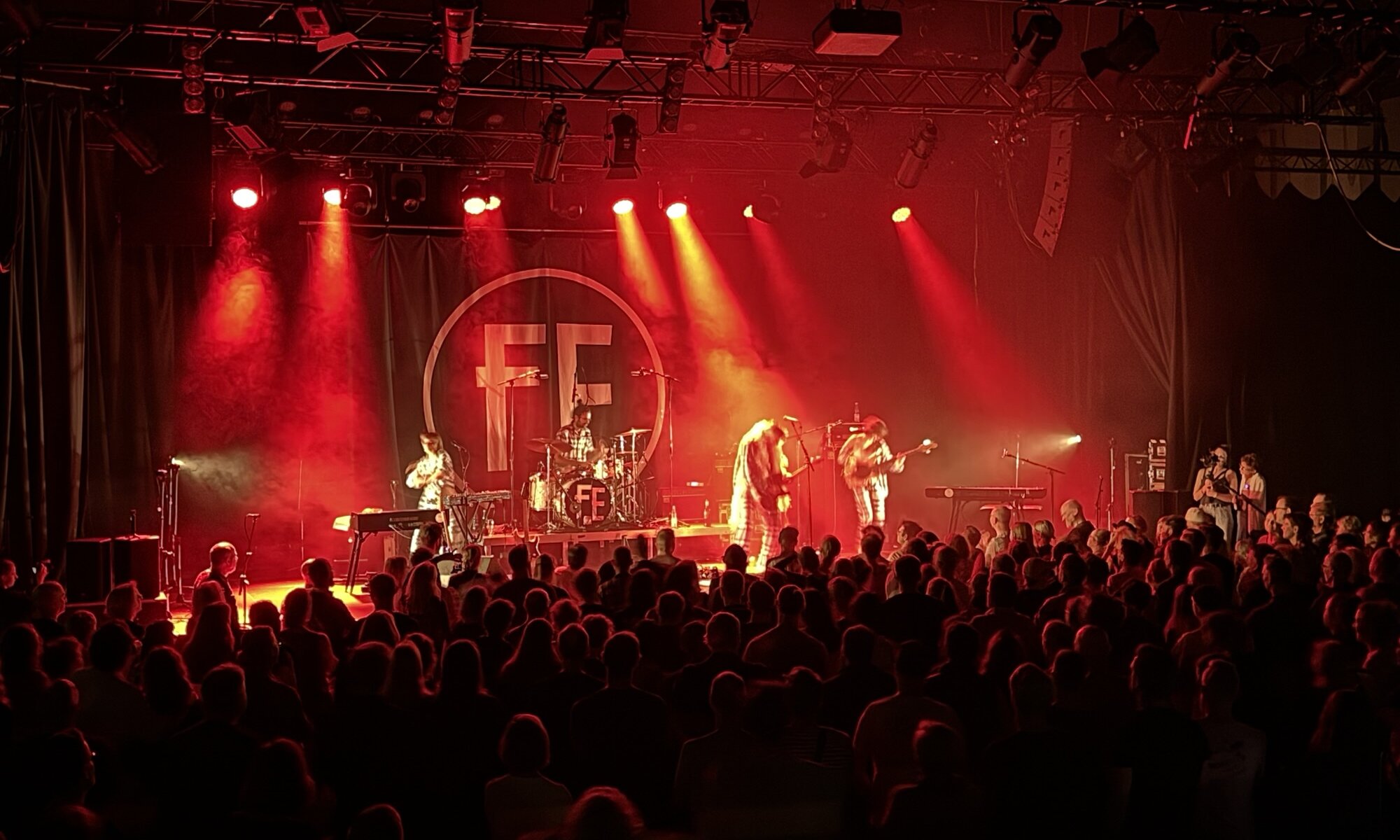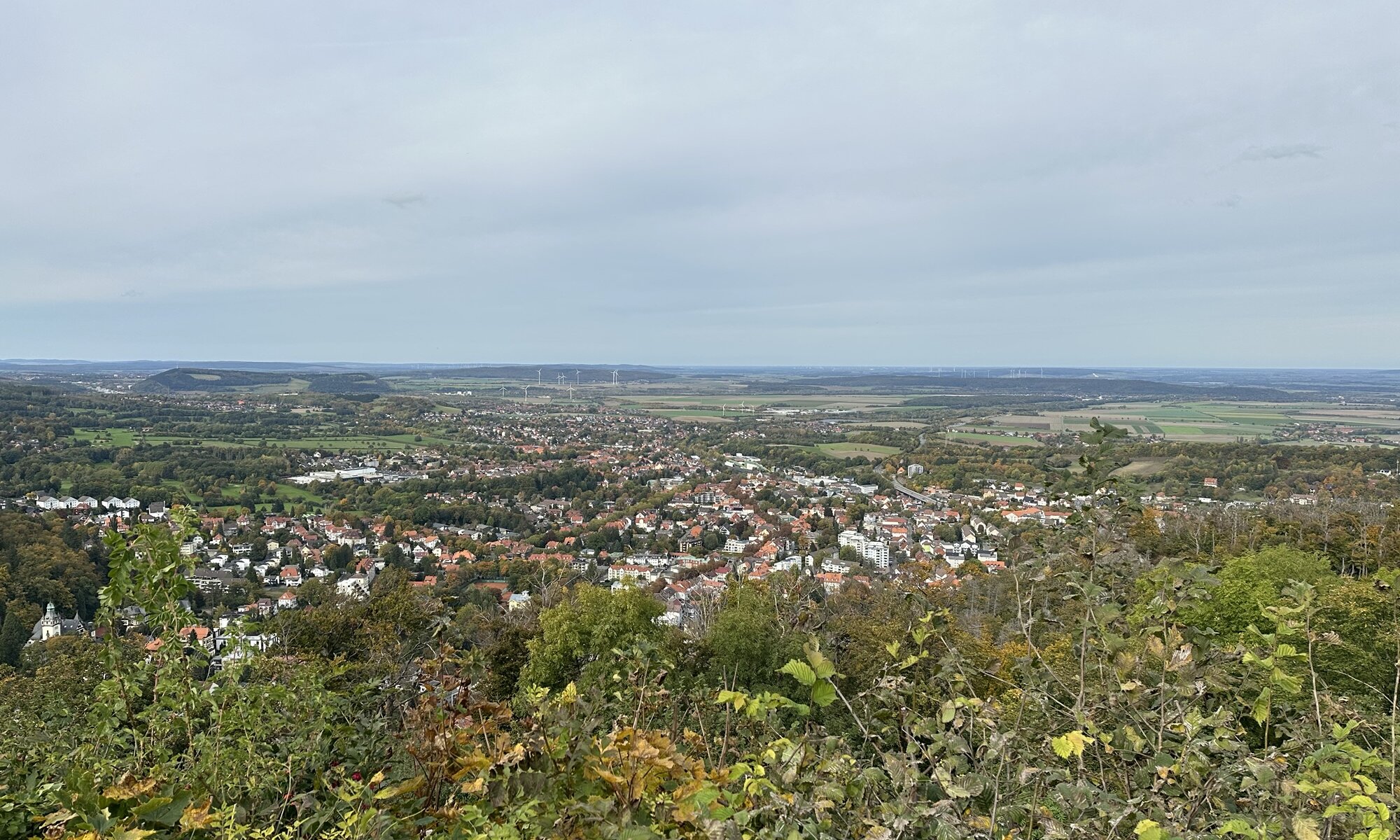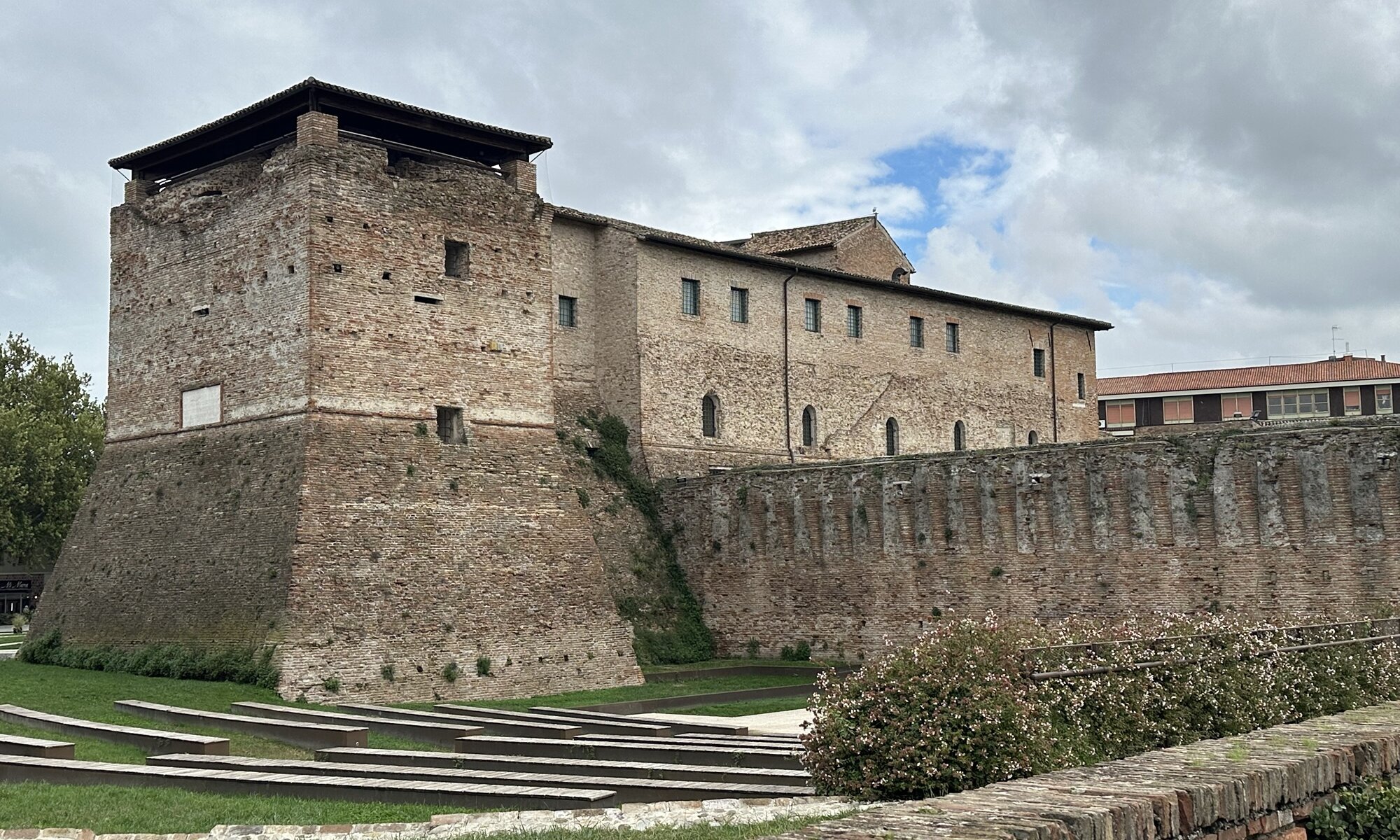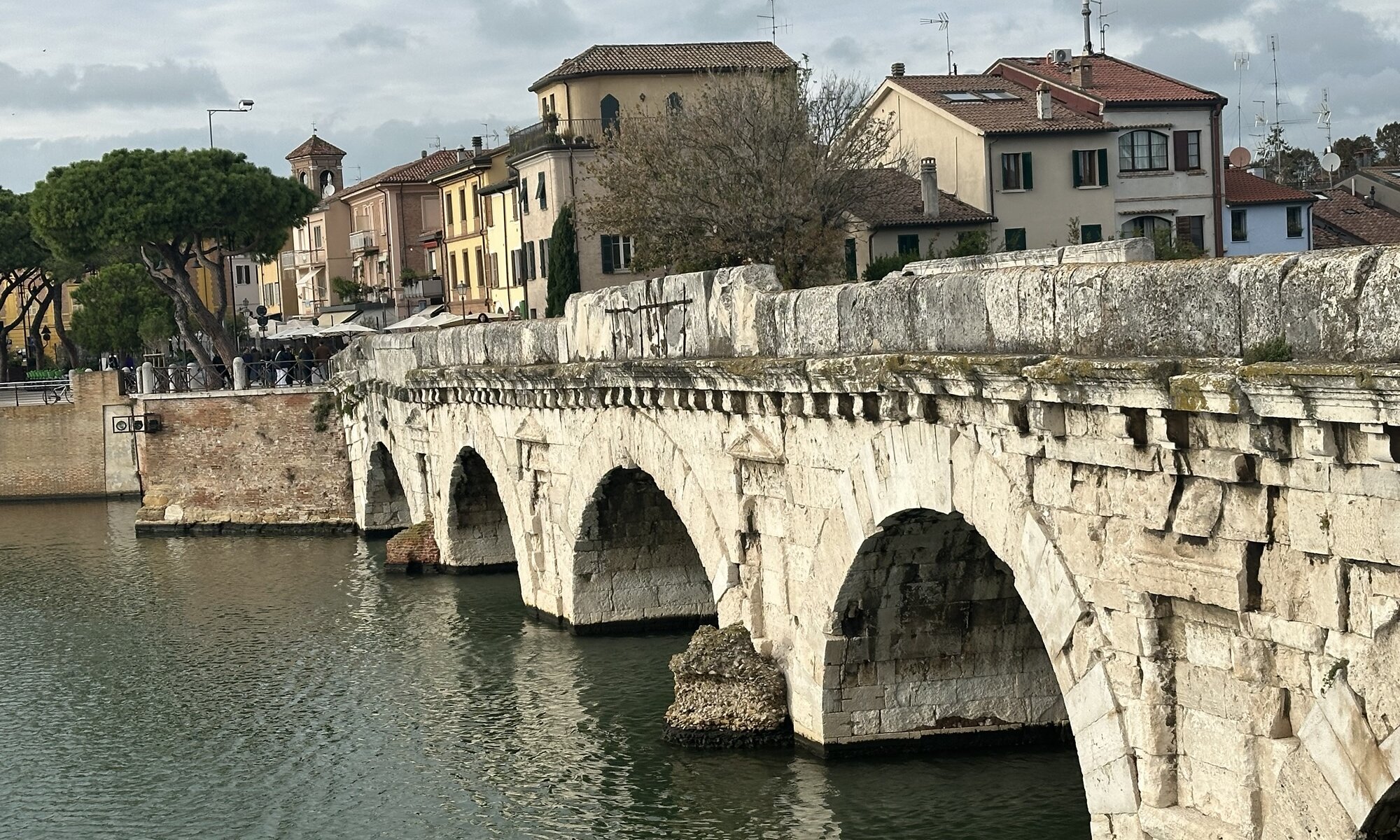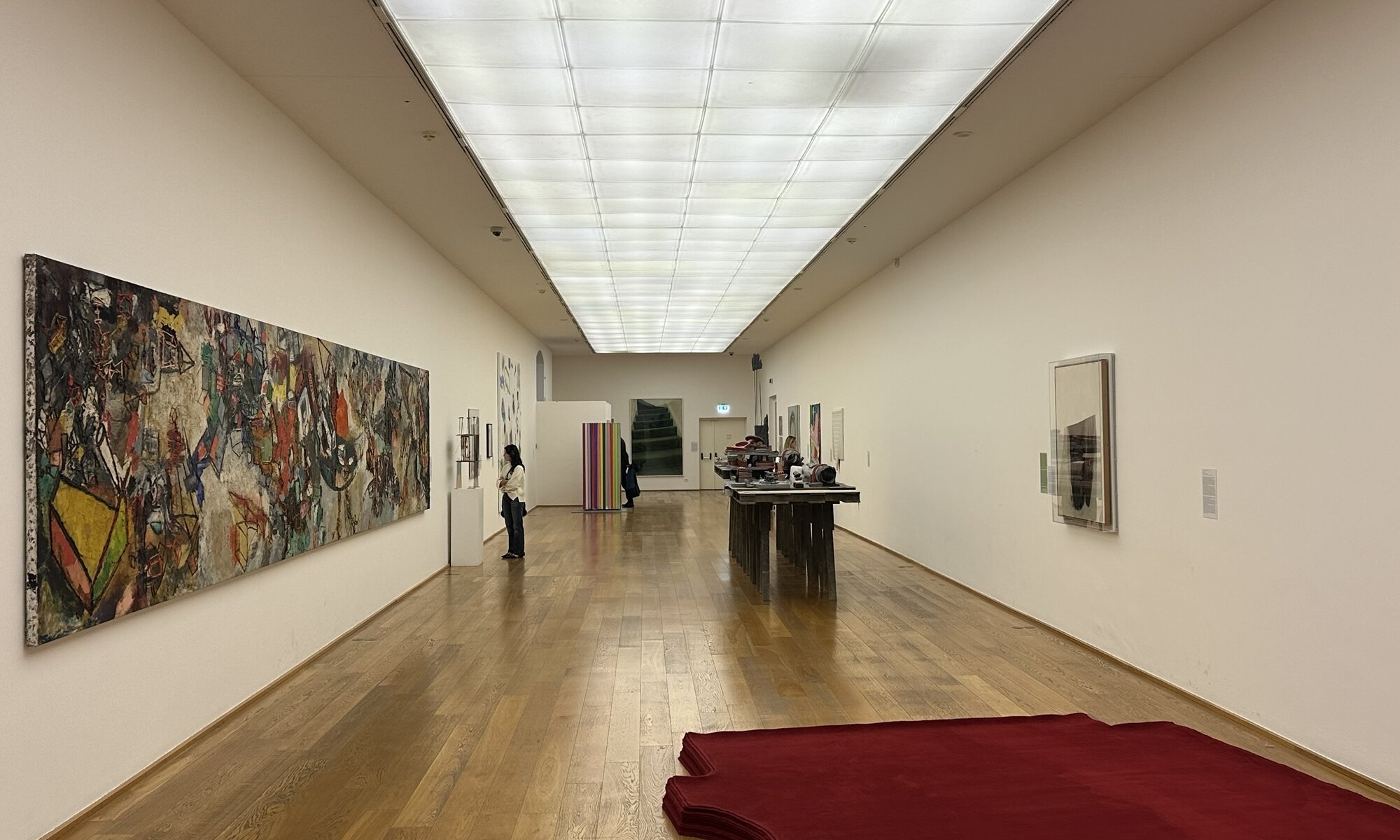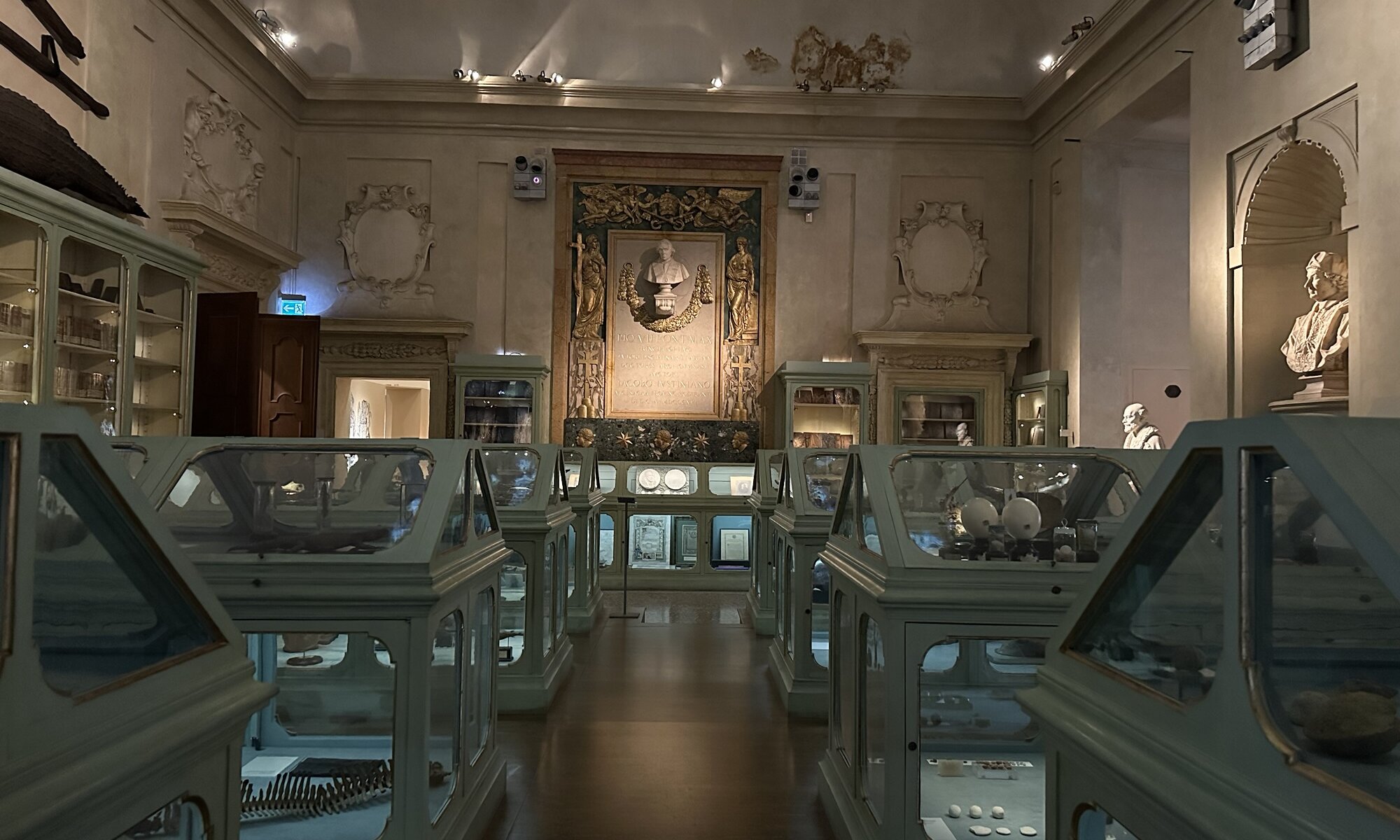The modern mosque of Casablanca is an unreal place. You wouldn’t expect such a vast building in a city like Casablanca which isn’t even one of the former capital cities of Morocco. When standing in front of this giant house of prayer made for 25,000 worshippers directly at the sea you can’t be anything else then impressed: it is one of the largest mosques in the world and its minaret is the second highest ever built.
Continue reading “Mosquée Hassan-II”Habbous
The medina of Casablanca has unfortunately been destroyed by the earthquake of Lisboa in 1755. Most historic sights have been lost and the city has received a more modern style since then. A great place to explore is in fact the second medina which is called Habbous. It dates back to the year 1916 when a Moroccan Jewish merchant donated the land to the king. As the king wasn’t allowed to receive a donation from a Jew (antisemitism can unfortunately be found in many places), the donation was redirected to a new foundation. This Habbous foundation created a special city quarter with low-price housing the cannot be sold by the inhabitants.
Continue reading “Habbous”Kenzi Basma
Casablanca is the economic powerhouse of Morocco and its medina has unfortunately been destroyed by the earthquake of Lisboa in 1755. It feels acceptable to in this case not aim for a classic guesthouse but to check-in at a plain vanilla hotel. The Hotel Kenzi Basma is located at the Boulevard Hassan I between the medina and the Place Mohammed V with its administrational buildings. From the hotel main entrance it is easy to reach the central Place des Nations-Unies and to access the tramway network.
Continue reading “Kenzi Basma”Nouasseur
The international airport of Casablanca (CMN) is located 30 kilometers south of the city. It was built in 1943 during World War II by the United States (who used it until 1963) and has two runways. 7.6 million passengers use the Aéroport international de Mohammed V – Nouasseur Casablanca every year, making it one of the top 5 airports in Africa.
Continue reading “Nouasseur”Pavillon
In the 1970s the Deutsches Familienkaufhaus (DeFaKa, a shopping mall) at Hannover needed a temporary new home because their normal location at the Seilwinderstraße close to the Kröpcke was rebuilt. For that reason a flat building behind the main railway station of Hannover was constructed and surprisingly it is still there today: in 1977 it was not torn down but became the Kulturzentrum Pavillon, a socio-cultural center which serves as a public library, a concert venue and a bar.
Continue reading “Pavillon”Burgberg
To protect the Kaiserpfalz at Goslar, emperor Henry IV initiated the construction of the Große Harzburg between 1065 and 1068 CE. The fortification is located on the Burgberg, a very good strategic position which was by that time easy to defend. Henry was at war with the Saxonians and had to flee to the Harzburg which he also used to safely store relics and as a crypt for his family. Few years later in 1074 he had to agree to slight the fortification which exposed the Harzburg to looting by local farmers.
Continue reading “Burgberg”Fellini
Everyone knows the famous Italian filmmaker Federico Fellini. Most famous for his 1960s movie La dolce vita with Marcello Mastroianni and Anita Ekberg (remember the scene at the Fontana di Travi?), his cinematic Œuvre includes 35 movies like La Strada, Amarcord and Otto e mezzo. He died in 1993 at Roma but he was born in 1920 at Rimini – and for sure they had to create a kind of monument for him here. The Museum Fellini can be found across three locations close to each other in the city center: the Castel Sismondo, the Piazza Malatesta in front of it and the modern location within the Palazzo del Fulgor.
Continue reading “Fellini”Via Flaminia
In 220 BCE Roman censor Gaius Flaminius ordered the creation of the Via Flaminia, a road connecting Roma with the Adriatic coast. It led all the way to Ariminium, todays Rimini. The endpoint of the Via Flaminia was the Arch of Augustus named after the first Roman emperor – and it is there still today, with its Roman inscriptions and images of Roman gods. But the Arco d’Augusto is not the only Roman trace at Rimini, there is more to discover: especially a beautiful bridge.
Continue reading “Via Flaminia”MAMbo
If you’re looking for modern art at Bologna, make sure to visit the former industrial zone southwest of Bolognas main railway station: former industry buildings like a tobacco factory, a paper mill and a salt storage have been re-purposed. The bread factory is now inhabited by the Museo d’Arte Moderna di Bologna – or short: MAMbo. Large rooms with high ceilings offer the perfect setting to present contemporary Italian art.
Continue reading “MAMbo”Weird collection
The Palazzo Poggi is part of the ensemble of university buildings in the city center of Bologna. It was built for Cardinal Giovanni Poggi in the 16th century and later became the home of the library and a very special scientific collection, the Museo di Palazzo Poggi. The museum contains a lot of ancient scientific displays about nautics, physics, natural history, human anatomy and obstetrics. Seeing this old exhibits in the special style of their creation times is amazing and the museum has an incredible atmosphere.
Continue reading “Weird collection”